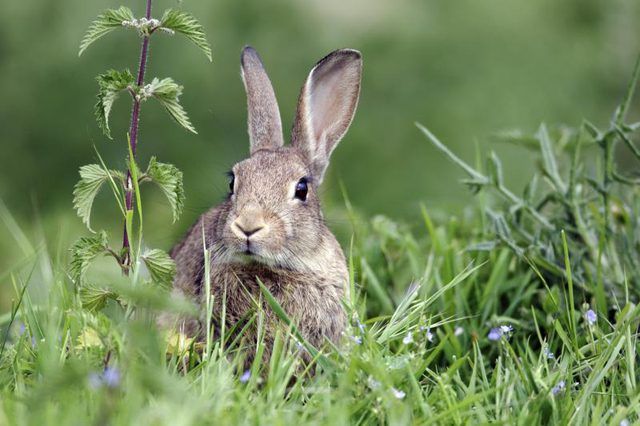Bulbs
Flower Basics
Flower Beds & Specialty Gardens
Flower Garden
Garden Furniture
Garden Gnomes
Garden Seeds
Garden Sheds
Garden Statues
Garden Tools & Supplies
Gardening Basics
Green & Organic
Groundcovers & Vines
Growing Annuals
Growing Basil
Growing Beans
Growing Berries
Growing Blueberries
Growing Cactus
Growing Corn
Growing Cotton
Growing Edibles
Growing Flowers
Growing Garlic
Growing Grapes
Growing Grass
Growing Herbs
Growing Jasmine
Growing Mint
Growing Mushrooms
Orchids
Growing Peanuts
Growing Perennials
Growing Plants
Growing Rosemary
Growing Roses
Growing Strawberries
Growing Sunflowers
Growing Thyme
Growing Tomatoes
Growing Tulips
Growing Vegetables
Herb Basics
Herb Garden
Indoor Growing
Landscaping Basics
Landscaping Patios
Landscaping Plants
Landscaping Shrubs
Landscaping Trees
Landscaping Walks & Pathways
Lawn Basics
Lawn Maintenance
Lawn Mowers
Lawn Ornaments
Lawn Planting
Lawn Tools
Outdoor Growing
Overall Landscape Planning
Pests, Weeds & Problems
Plant Basics
Rock Garden
Rose Garden
Shrubs
Soil
Specialty Gardens
Trees
Vegetable Garden
Yard Maintenance
How to Grow Indian Hawthorn
How to Grow Indian Hawthorn. For the space it occupies in your landscape, Indian hawthorne (Rhaphiolepis indica) delivers a lot of value. The rounded, evergreen shrubs seldom get above 5 feet tall and wide and have a tidy growth habit. In spring, depending on the cultivar, fragrant pink to white flowers are plentiful, and fall rebloom may occur....

For the space it occupies in your landscape, Indian hawthorne (Rhaphiolepis indica) delivers a lot of value. The rounded, evergreen shrubs seldom get above 5 feet tall and wide and have a tidy growth habit. In spring, depending on the cultivar, fragrant pink to white flowers are plentiful, and fall rebloom may occur. Bluish-black fruits provide fall color and attract songbirds. Hardy to U.S. Department of Agriculture plant hardiness zones 8 through 11, Indian hawthorn is drought tolerant once established.
Soil and Spacing
Indian hawthorn tolerates a wide variety of soil types, including loam and sandy soils, but it needs good drainage. ) Spacing for plants depends on the landscape usage and the cultivar involved. Shrubs usually cover a 3- to 6-foot diameter space. Plant them closer than the stated mature dimensions for the particular cultivar for continuous coverage. For mass plantings, the California Department of Transportation spaces Indian hawthorn on 2 foot centers and 3 feet away from walls or fences. Space plants 18 inches apart for hedges or foundation plantings.
Water Requirements
For the first year in the landscape, keep the soil moist with regular, deep watering to establish a good root system. During hot summer months, you may have to water more than once a week. Established plants tolerate drought, but grow best when irrigated through the summer at five-to 10-day intervals. You can conserve water by fewer irrigations without compromising the plant's appearance, but plants have reduced growth and flowering. Apply water to the soil rather than using overhead irrigation so diseases such as leaf spot don't have a favorable environment. Apply a 3 inch layer of mulch around Indian hawthorn to conserve soil moisture.
Light and Exposure
Indian hawthorn grows in either sun or part shade. Growth is more compact and shrubs have more flowers in full sun. The plants tolerate wind, air pollution and some exposure to salt spray in coastal areas. In areas near the sea, plant Indian hawthorn behind the dune line and away from prevailing winds to reduce the effects of salt spray.
Fertilizer Needs
Avoid giving Indian hawthorn too much fertilizer, which produces excessive new growth at the expense of flowers. The abnormal growth also makes plants more susceptible to leaf diseases. Apply an all-purpose fertilizer once a year in spring. Choose a formulation such as granular 10-10-10. Apply 1 cup every 25 square feet, plus one cup for every 4 feet of shrub height. Scatter the granules evenly over the soil surface and water them in well. Wait to fertilize newly planted Indian hawthorn until the plant is putting out new growth.
Special Considerations
Indian hawthorn is in the rose family and susceptible to some of the diseases that attack rose family plants such as leaf spot. If you live in an area with frequent spring and fall rain, choose disease-resistant cultivars of Indian hawthorn.Pink-flowered "Indian Princess" (Rhaphiolepis x "Montic"), growing in USDA zones 7 through 11, is one of the most disease-resistant cultivars. "Georgia Petite" (Rhaphiolepis x delacourii "Georgia Petite"), with pink buds and white flowers and hardy in USDA zones 7 through 10, has good leaf spot resistance.